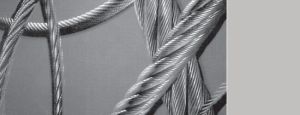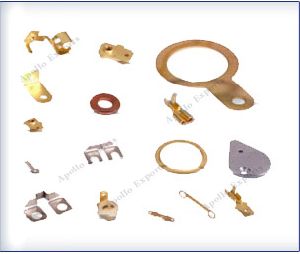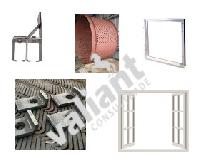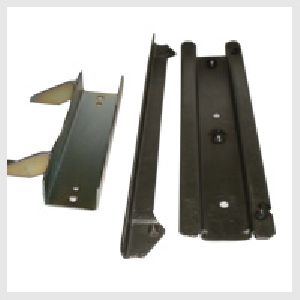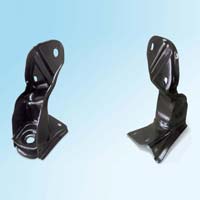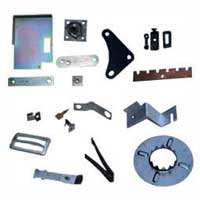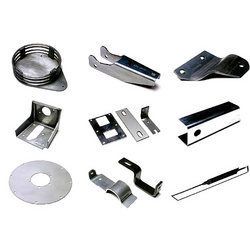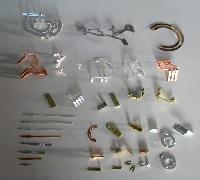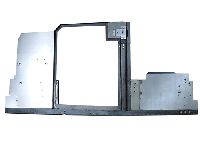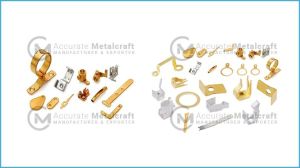Wire rope consists of three basic components; while few in number, these vary in both complexity and configuration so as to produce ropes for specific purposes or characteristics. The three basic components of a standard wire rope design are: 1) wires that form the strand, 2) multi-wire strands laid helically around a core, and 3) the core. Wire, for rope, is made in several materials and types; these include steel, iron, stainless steel, monel and bronze. By far, the most widely used material is high-carbon steel. This is available in a variety of grades each of which has properties related to the basic curve for steel rope wire. Wire rope manufacturers select the wire type that is most appropriate for requirements of the finished product. Steel wire strengths are appropriate to the particular grade of the wire rope in which they are used. Grades of wire rope are referred to as traction steel (TS), mild plow steel (MPS), plow steel (PS), improved plow steel (IPS), and extra improved plow steel (EIP). (These steel grade names originated at the earliest stages of wire rope development and have been retained as references to the strength of a particular size and grade of rope.) The plow steel strength curve forms the basis for calculating the strength of all steel rope wires; the tensile strength (psi) of any steel wire grade is not constant – it varies with the diameter and is highest in the smallest wires.



